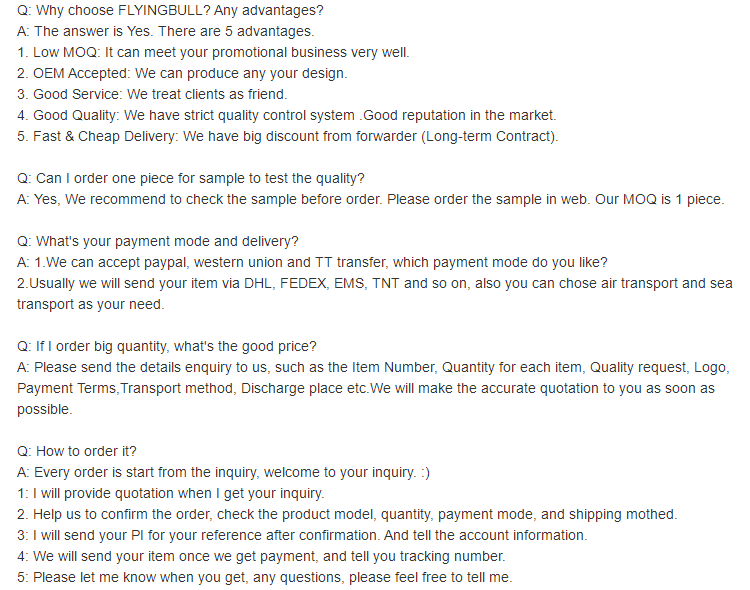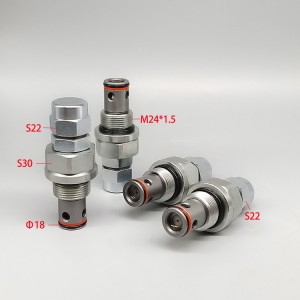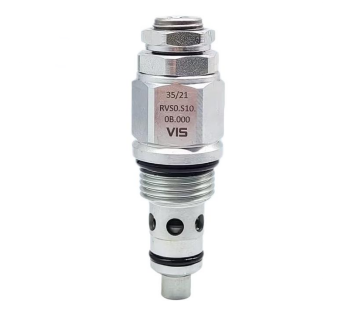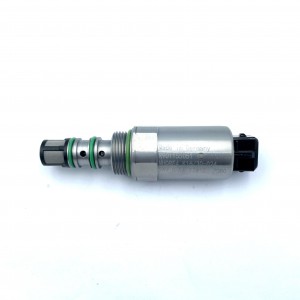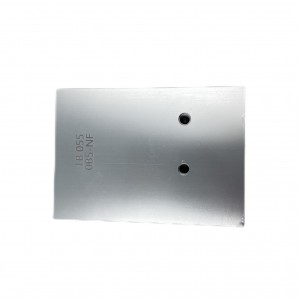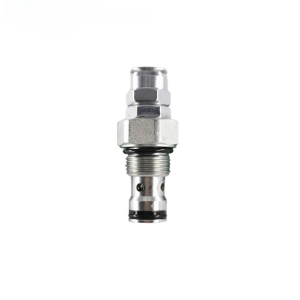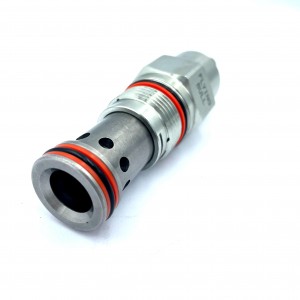Hydraulic system flow pressure reversing valve XYF10-05
Points for attention
Overflow valve is a kind of hydraulic pressure control valve, which mainly plays the role of constant pressure overflow, pressure stabilization, system unloading and safety protection in hydraulic equipment. When the overflow valve is assembled or used, due to the damage of O-ring and combined sealing ring, or the looseness of mounting screws and pipe joints, it may cause undue external leakage.
If the cone valve or main valve core is excessively worn, or the sealing surface is in poor contact, it will also cause excessive internal leakage and even affect normal work.
Constant pressure overflow function: in the throttling regulation system of quantitative pump, the quantitative pump provides constant flow. When the system pressure increases, the flow demand will decrease. At this time, the overflow valve opens, so that the excess flow overflows back to the oil tank, ensuring the inlet pressure of the overflow valve, that is, the pump outlet pressure is constant (the valve port often opens with pressure fluctuation).
Pressure stabilization: the overflow valve is connected in series on the oil return path, and the overflow valve generates back pressure, which increases the stability of the moving parts.
Unloading function of the system: the remote control port of the overflow valve is connected in series with a solenoid valve with small flow. When the electromagnet is energized, the remote control port of the overflow valve is connected to the oil tank, and the hydraulic pump is unloaded at this time. The relief valve is now used as an unloading valve.
Safety protection function: when the system works normally, the valve is closed. Only when the load exceeds the specified limit (the system pressure exceeds the set pressure) will the overflow be opened for overload protection, so that the system pressure will not increase (usually the set pressure of the overflow valve is 10% ~ 20% higher than the maximum working pressure of the system).
Product specification
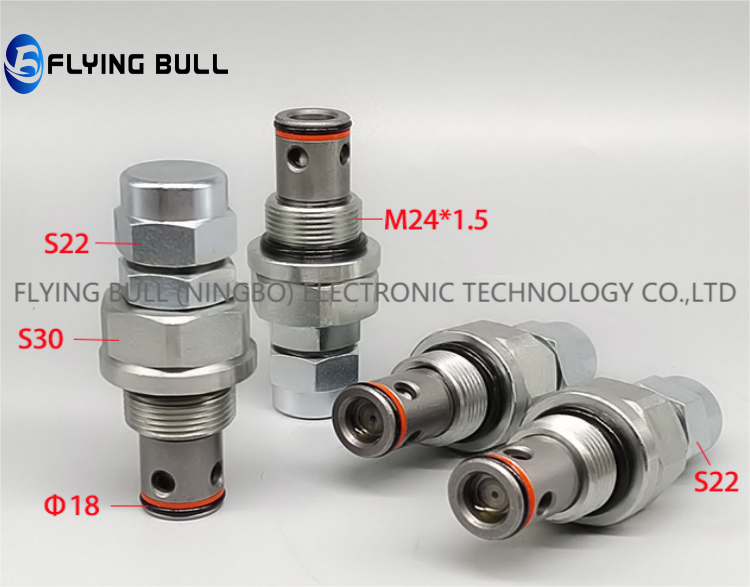
Company details







Company advantage
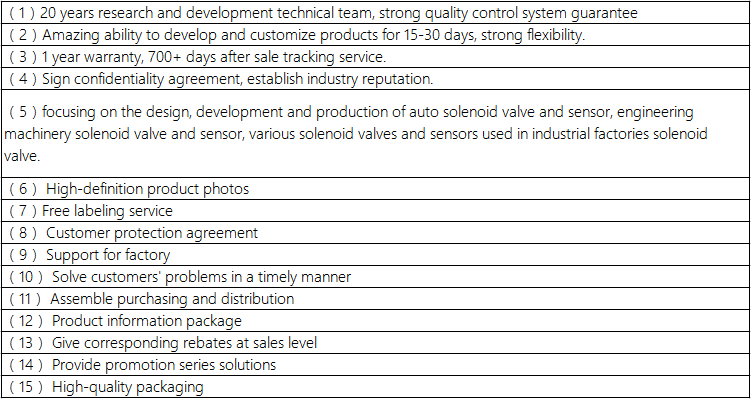
Transportation

FAQ
